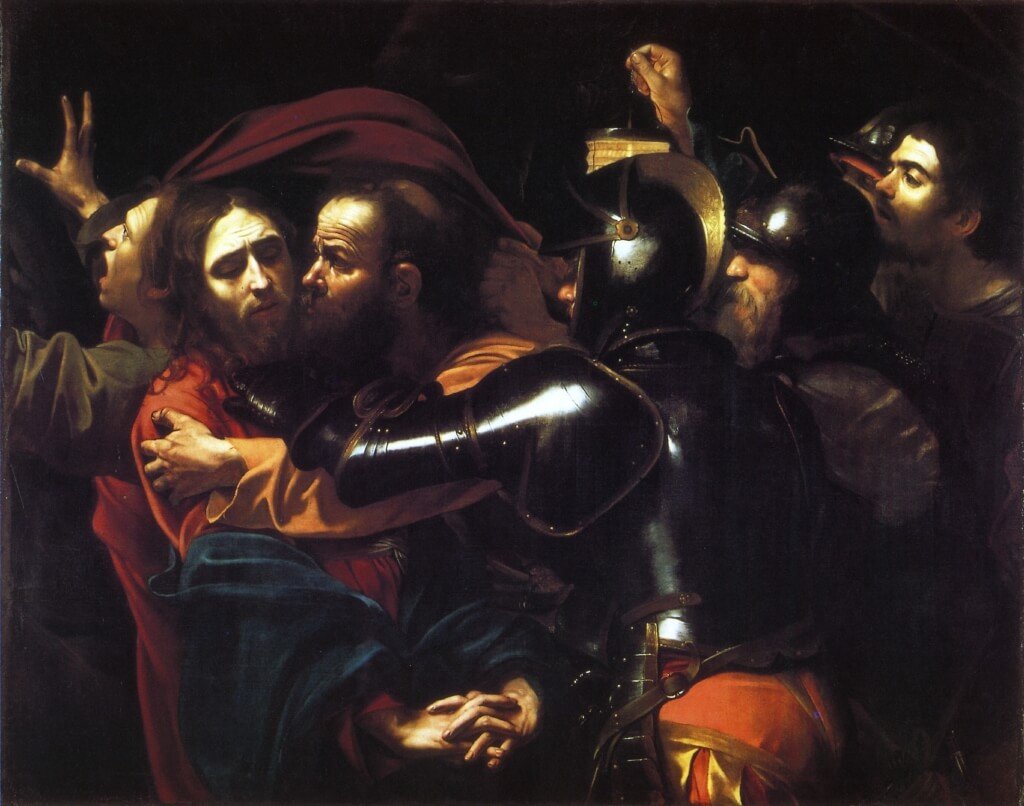While stocking up on books for an impending snow storm, I found Jonathan Harr’s The Lost Painting: The Quest for a Caravaggio Masterpiece (Random House, 2006) on the library shelf and picked it up on a whim. During the actual storm the following day, I devoured the entire book in a few hours and only wished it were longer (the book, not the storm). The Lost Painting is about the rediscovery of a lost painting by Caravaggio. It’s basically a thrilling mystery novel that features artwork instead of crime, but it’s every bit as exciting. I highly recommend it to anyone who enjoys art history, mystery stories, or any other kind of excellent and exciting books.

Harr is really a masterful storyteller, which is probably a bit part of what makes the book so effective. He presents the sort of narrative you would expect in a novel. In fact, I kept questioning whether this was really a nonfiction book all the way through. It’s clear from the epilogue that it is, but I wouldn’t have necessarily guessed that just from reading the book. Besides the general drama of the story, it’s the little details Harr added that create the novel-like feeling. He says that he conducted copious interviews with all the major and minor players, but I have no way of knowing how closely he stuck to reality when talking about the characters’ innermost thoughts and feelings.
I have always liked to think of being an art historian as being some kind of detective. When I was in school, I was a big fan of the ABC television show Castle, and I liked to imagine myself as a sort of scholarly version of Kate Beckett, the main detective in the show. I would investigate my works of art the same way she did murder cases. That may sound far-fetched, but this book shows that it’s really not.
While I don’t want to spoil the book for anyone, I will say that the painting was lost for completely mundane reasons and rediscovered with a dramatic mixture of luck and research. Basically, the story is driven by real art history. It’s not true crime with artwork at its center. Someone might think that research, conservation, academic articles, and conferences couldn’t possibly make for a compelling tale, but they do so here in the best possible way. Clearly, it convinced a lot of other people, too, since it was a New York Times bestseller.

